5 Irresistible Chili Bowl Recipes That Will Spice Up Your Weeknights (No Beans Allowed!)
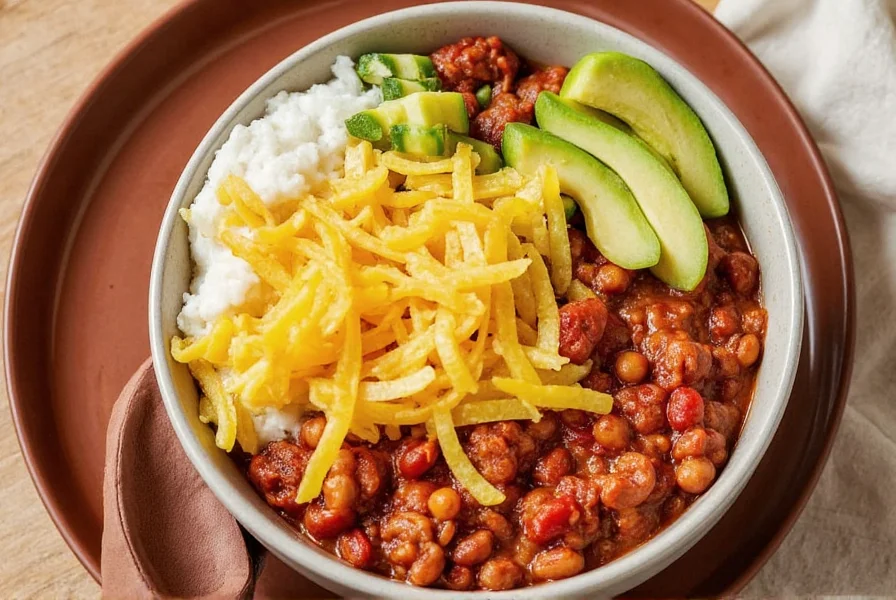
Table of Contents
- Introduction
- Spice Basics: Understanding the Heat Behind Chili
- 5 Unique Chili Bowl Recipe Ideas
- Buying Guide: What to Look for When Making or Buying Chili
- Pro Tips for Perfect Chili Every Time
- Frequently Asked Questions About Chili Bowls
- Conclusion
Introduction: Why Chili Bowls Are a Must-Try Comfort Dish
If there's one dish that embodies warmth, flavor, and a bit of fire, it's the classic chili bowl. Whether you're a fan of bold spices or just starting your journey into the world of heat, chili is a versatile and deeply satisfying meal that can be tailored to suit any palate.
This article explores five mouthwatering chili bowl recipes — no beans included — designed to excite your taste buds and elevate your home-cooking game. Alongside these recipes, we’ll share essential spice basics, practical cooking tips, and a handy buying guide to help you choose the best ingredients and tools for your next chili-making session.
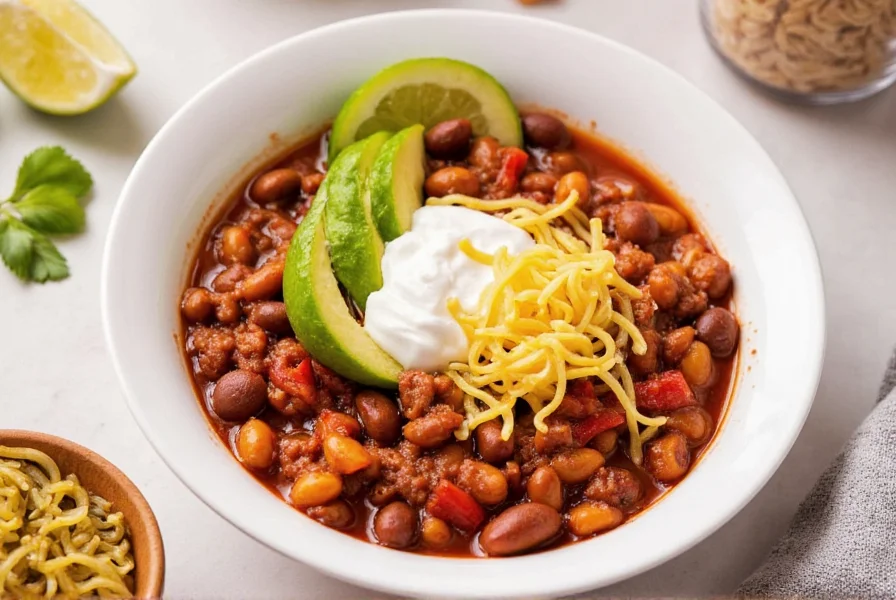
Spice Basics: Understanding the Heat Behind Chili
At its core, chili is all about balance — between rich meats, aromatic spices, and varying levels of heat. Let’s break down the basics of what makes chili so uniquely flavorful:
- Meat choice: Beef chuck, ground turkey, or plant-based options like jackfruit or lentils are popular bases.
- Spices: Cumin, smoked paprika, garlic powder, oregano, and chili powder form the backbone of most chili blends.
- Heat level: Controlled by the type and amount of chilies used — fresh, dried, or canned.
| Chili Pepper | Scoville Heat Units (SHU) | Best For |
|---|---|---|
| Jalapeño | 2,500–8,000 | Mild kick; ideal for beginners |
| Guajillo | 2,500–5,000 | Earthy, slightly sweet notes; great for sauces |
| Hatch Green Chile | 1,000–8,000 | Rosted flavor; perfect for Tex-Mex |
| Habanero | 100,000–350,000 | Fruity but super hot; use sparingly |
| Ancho | 1,000–2,000 | Deep, chocolatey flavor; good for slow cooking |
5 Unique Chili Bowl Recipe Ideas (No Beans!) 🌮🔥
1. Smoked Sweet Potato & Black Bean Chili (Bean-Free Option)
Smoked paprika and roasted sweet potatoes give this vegetarian version a deep, complex flavor profile without the heaviness of meat.
- Ingredients:
- 2 large sweet potatoes
- 1 red bell pepper
- 1 yellow onion
- 1 tbsp smoked paprika
- 1 tsp cumin
- 2 cloves garlic
- Vegetable broth
2. Hatch Green Chile Chicken Chili
This creamy, mildly spicy chicken chili uses fresh or roasted Hatch chiles, giving it a distinctive Southwestern flair.
- Ingredients:
- Cooked shredded chicken breast
- Roasted Hatch green chiles
- Onion, garlic, celery
- Chicken broth
- Half-and-half or coconut milk
3. Texas-Style Chili (aka “Bowl of Red”)
Pure beef, dark beer, and a proprietary mix of chili powders make this the holy grail of meat-centric chili bowls.
- Ingredients:
- Beef chuck
- Tomato paste
- Dark ale or stout
- Garlic, onions, cumin, chili powder blend
4. White Turkey Chili with Hominy
Lighter in color and flavor, this white chili combines ground turkey, hominy, and mild green chiles for a fresh twist.
- Ingredients:
- Ground turkey
- Hominy (drained and rinsed)
- Green chiles
- White beans (optional substitute)
- Chicken stock
5. Korean BBQ Chili Bowl
A fusion twist combining Gochujang-spiced beef with gochugaru heat and Asian-inspired toppings like kimchi and sesame seeds.
- Ingredients:
- Ground beef
- Gochujang paste
- Gochugaru flakes
- Soy sauce, brown sugar, garlic, ginger
- Kimchi, scallions, toasted sesame seeds
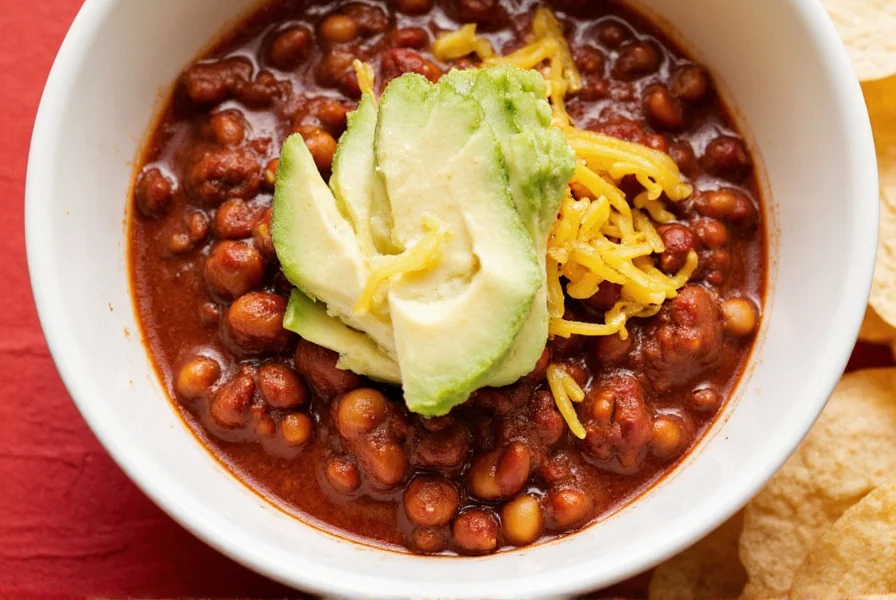
Buying Guide: What to Look for When Making or Buying Chili
Whether you're shopping for ingredients or pre-made chili products, knowing what to look for will ensure a consistently delicious experience every time.
Top Ingredients to Buy for Homemade Chili
- Chili Powders: Opt for high-quality brands like McCormick, La Flor, or custom blends for authentic flavor.
- Dried Chilies: Ancho, guajillo, and pasilla are must-haves for deep, earthy tones.
- Spice Blends: Try pre-made blends like Chili Sticks Original or Santa Maria for convenience.
- Proteins: Grass-fed beef, organic turkey, or vegan protein alternatives for variety.
| Product | Features | Advantages | Use Case | Target Audience |
|---|---|---|---|---|
| La Flor Chili Powder | Traditional Mexican blend with ancho, pasilla, and chipotle | Bold, balanced flavor without artificial additives | Slow-cooked stews and homemade chili | Home cooks and spice enthusiasts |
| McCormick Chili Seasoning Mix | All-in-one seasoning with cumin, paprika, garlic | Convenient for quick weeknight meals | Busy professionals and families | Beginners and casual cooks |
| Chili Sticks Original Blend | Hand-blended spices with dried herbs and pepper flakes | Artisanal quality with customizable heat | Texas-style chili, backyard cookouts | BBQ lovers and foodies |
| Trader Joe’s Fire Roasted Diced Tomatoes | Smoky undertones with natural sweetness | Adds depth without extra prep work | Classic red chili, soups, and sauces | Everyone who loves a shortcut |
| Whole Foods 365 Organic Tomato Paste | Thick, concentrated flavor with no added sugar | Perfect base for rich, hearty chilis | Health-conscious and gourmet cooks | Organic food advocates |
Pro Tips for Perfect Chili Every Time
- Brown your meat well: Searing adds Maillard reaction flavors that enhance depth.
- Let it rest: Allowing chili to sit overnight lets the flavors meld together beautifully.
- Adjust heat gradually: Add chilies in small increments and taste as you go.
- Simmer low and slow: A minimum of 45 minutes allows the spices to infuse fully.
- Finish with acid: A splash of lime juice or vinegar brightens up the richness.
- Top smartly: Cheese, sour cream, cilantro, avocado, and pickled jalapeños add texture and contrast.
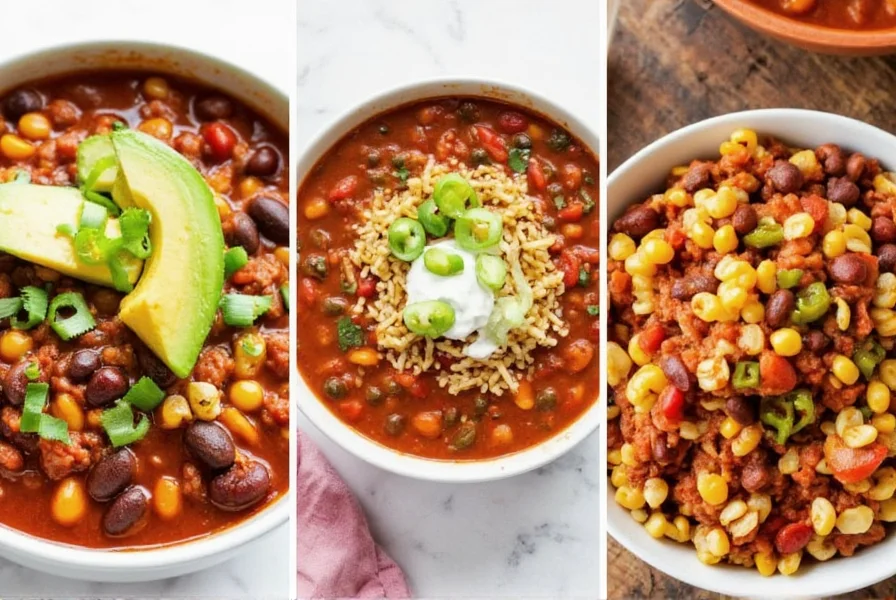
Frequently Asked Questions About Chili Bowls
Can I make chili without beans?
Absolutely! While beans are traditional in many versions, omitting them gives more room for other textures and flavors, especially when using heartier proteins or vegetables.
What’s the difference between chili and stew?
Chili typically has a thicker consistency and relies on tomato-based ingredients and specific spices like cumin and chili powder. Stew tends to be soupier and uses more neutral herbs.
How do I store leftover chili?
Store in airtight containers in the fridge for up to 5 days, or freeze in portions for up to 3 months. Reheat gently on the stove or microwave.
Is chili healthy?
Yes, depending on how it’s made. Using lean meats, fiber-rich veggies, and minimizing salt and sugar keeps chili nutritious and satisfying.
What’s the best way to reduce the heat in chili?
Adding dairy (like sour cream or cheese) helps neutralize capsaicin. You can also dilute the mixture with more broth or tomatoes.
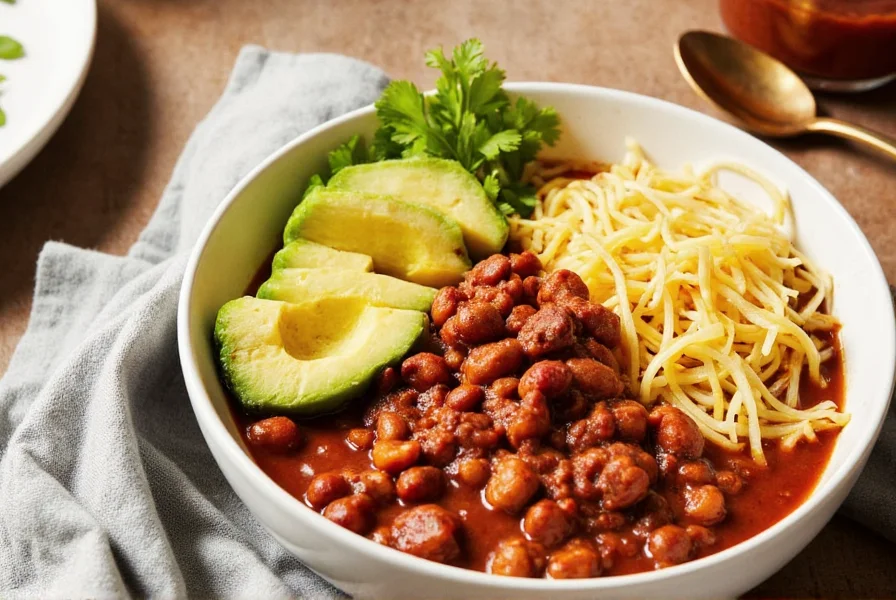
Conclusion: Elevate Your Chili Game Today
From choosing the right spices to experimenting with bold new combinations, making the perfect chili bowl is both a science and an art. Whether you’re a seasoned chef or a weekend warrior in the kitchen, there’s always something new to discover in the world of chili.
Try out these five unique chili bowl recipes, follow our expert tips, and use our detailed buying guide to stock your pantry with the essentials. With the right ingredients and a little confidence, your next chili bowl could be your new favorite comfort meal.
So go ahead — turn up the heat, grab a spoon, and enjoy every fiery, flavorful bite!

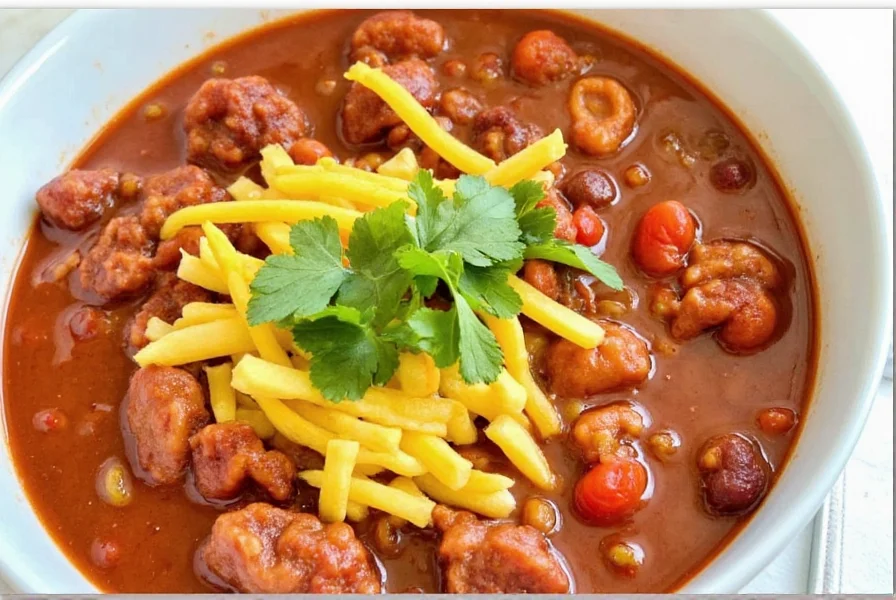









 浙公网安备
33010002000092号
浙公网安备
33010002000092号 浙B2-20120091-4
浙B2-20120091-4